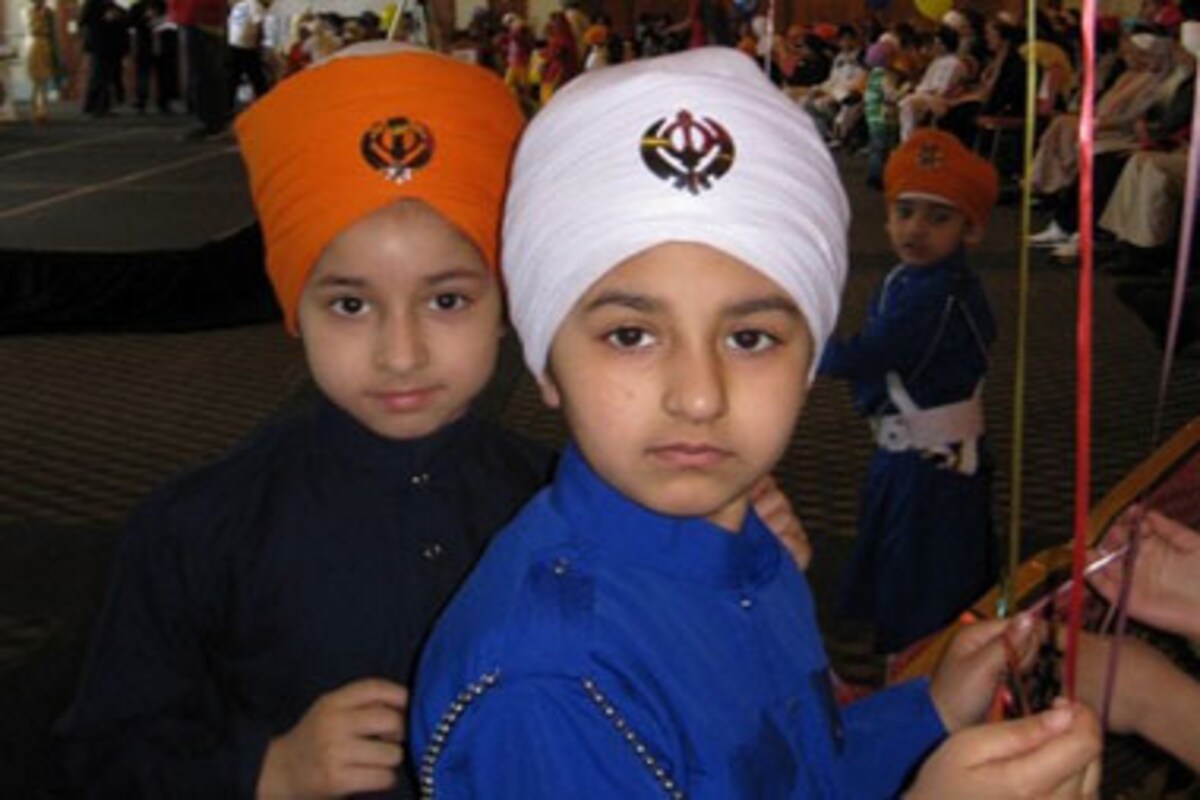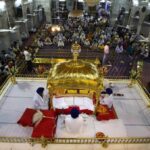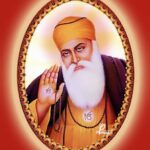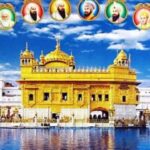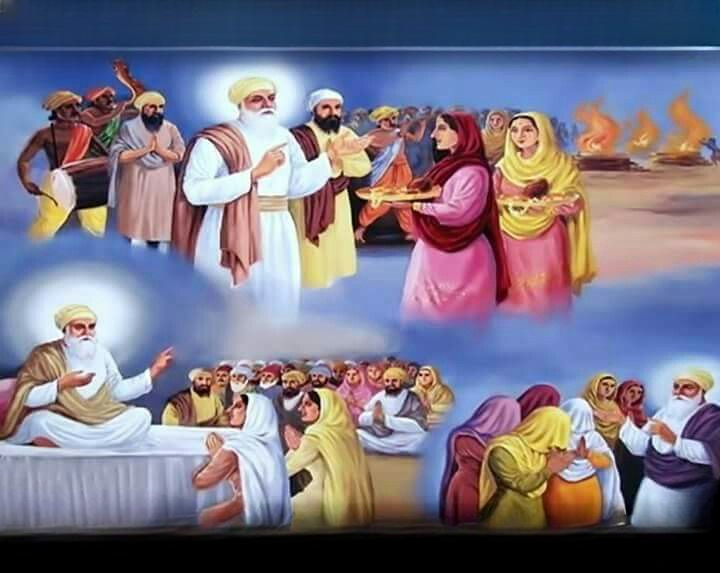Sikhism originated with Hinduism, so it has deep and ancient roots. But the Sikhs cling to their rich, fascinating traditions.
There Are Ten Great People in Sikhism

The spiritual founders of Sikhism are 10 people. The first Guru, Guru Nanak, was born in 1469. The last human Guru, Guru Gobind Singh, died in 1708. Each Guru contributed something of value to the religious tradition, depending on the challenges faced by the Sikh community at the time. Sikhs love to share stories about the good and wonderful lives of their Guru. The SikhNet website has all the audio content for Sikh children. Most of them focus on Guru ten people.
Sikhs Worship In Gurdwaras
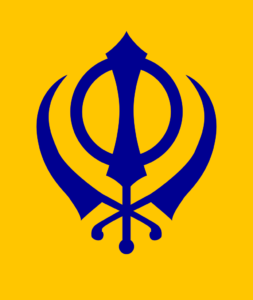
Sikh temples are called gurdwaras {gur-DWAH-ruhs}, meaning “gate or portal of the Guru.” In this, Guru is the Waheguru, the Supreme Being. The Gurdwaras come in all shapes and sizes, but they all carry at least one Sikh flag in their building or for reasons. The flags are orange or yellow and indicate the Sikh symbol, called the head. Before entering the gurdwara, all the Sikhs cover their heads and take off their shoes. The most revered and most visited gurdwara is the Gold Temple in India.
Through Sikhism the Holy Scripture Is Also Great
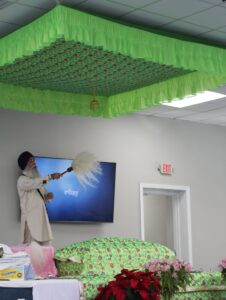
The Guru Granth Sahib {SAH-heeb} is a sacred text of Sikhism. It is considered the 11th, and last, the Guru of Sikh culture. Sikhs keep the inscription on a high bed-covered surface and are always treated with the utmost respect. Most of the time, it sits on cushions and is covered with fine fabrics. During the services, Sikh leaders inform the followers about it. The fan, called chaur {CHOUR}, is usually made of yak hair. Sikhs receive a text when it is time to read from it.
Sikhs Love to Sing
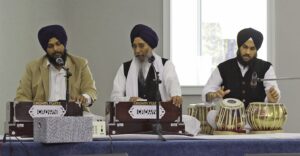
Worship services regularly include songs that are sung or sung. Singing, also known as kirtan {KEER-tan}, is a way of calling and responding, which means that everyone can participate. Prayers are usually led by musicians playing traditional instruments – the harmonium (hand pump) and tabla (drums). In some gurdwara, men sit on one side, and women on the other. In some gurdwara, families live together.
They Love to Feed!
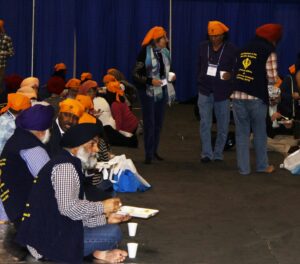
Another common Sikh practice is langar {LANG-gar}. Sikhism is known for its commitment to harmony and equality. One way to live in that belief is to provide free, vegetarian food. Everyone is seated, and no one is given a better seat or better food than anyone else. Worship services often end in the langar, but Sikhs also serve langars in a wider community at times, especially to those in need.
Sikhism Has Happy Holidays
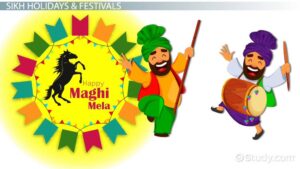
One of the most revered holy days of Sikhism is Vaisakhi – New Year’s Eve festival in April also celebrated by Hindus. Sikh festivals include exhibitions, bhangra dancing, and community kirtans. The holiday also commemorates the beheading of Guru Tegh Bahadur, Sikh’s 9th Guru Guru. There are many fun bhangra dance videos online. This is one of them.
Skilled Riding Horses
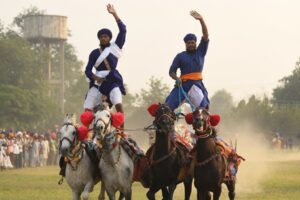
Another important Sikh holiday is Hola Mohalla. It coincides with the Hindu spring festival of Holi and usually falls in March. As usual, there are kirtans and langars. But Hola Mohalla also honors the artist and the heroic features of Sikhism history. Throughout the day, Sikhs share poems and humorous stage fights. Horse racing is another important factor. This video shows some of how the most talented Sikh riders show up.
Dedicated Sikhs Live a Life of Commitment
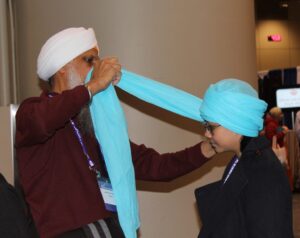
Some Sikhs are baptized or initiated, in a ritual. These Sikhs are legally inclined to live in harmony with the Sikh principles of unity, harmony, and equality. They also abstain from alcohol, tobacco, and other drugs and avoid cutting their hair. Baptized Sikhs – men, women, and children – wear a special kind of hat. In honor of their faithfulness, these Sikhs were also given the title Singh (for men) or Kaur (for women).
Dedicated Sikhs Also Wear “Five Ks”

Haircut (kesh) is one of the five K’s. The other four devoted Sikhs are always wearing a wooden comb (kangha), a metal bracelet (kara), a metal sword (kirpan), and special underwear (kacha). They are called five Ks because, in Punjabi, each word starts with the sound “k”. These articles of faith symbolize human devotion to Sikh culture.
Services Are Not In English
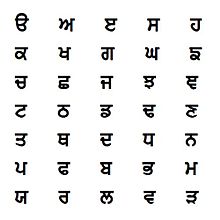
During worship services, Sikhs sing in Punjabi, a Sikhism language. Guru Angad, Sikh’s 2nd human guru, developed a written version called Gurmukhi. The Gurmukhi alphabet contains 35 basic letters, as well as several additional consonants and diacritical symbols. All the songs, poems, and couplets of their script are written by Gurmukhi. This video teaches kids how to write 35 letters of the alphabet.
More than 25 million Sikhs are living worldwide, so doing generalizations is dangerous. But Sikhs are widely known for their compassion and kindness. If you have ever had the opportunity to attend a Sikh festival, visit a Sikh gurdwara, or participate in a Sikh worship service, you should apply. You will probably learn a lot about this amazing tradition. Also, you are sure to eat a lot of vegetables before the day.
The idea of God

The concept of “God” is different from Sikhism’s other religions. Known as “Ik Onkar” or “one constant”. It is found in the Gurmukhi text that God does not have sex in Sikhism (although translations may refer to a masculine God); and “Akaal Purkh” (over time and space) and “Nirankar” (without form).
The formation of Khalsa

Guru Gobind Singh was the last Suru Guru in human form. You created the Khalsa, a spiritual brotherhood with your sister dedicated to the purity of thought and action. He gave the Khalsa a different exterior to remind them of their commitment, as well as to help them maintain a high level of awareness. All Sikhs baptized as Khalsa made a vow to wear the five “K” – Kesh, Kangha, Katchera, Kara, and Kirpan.
